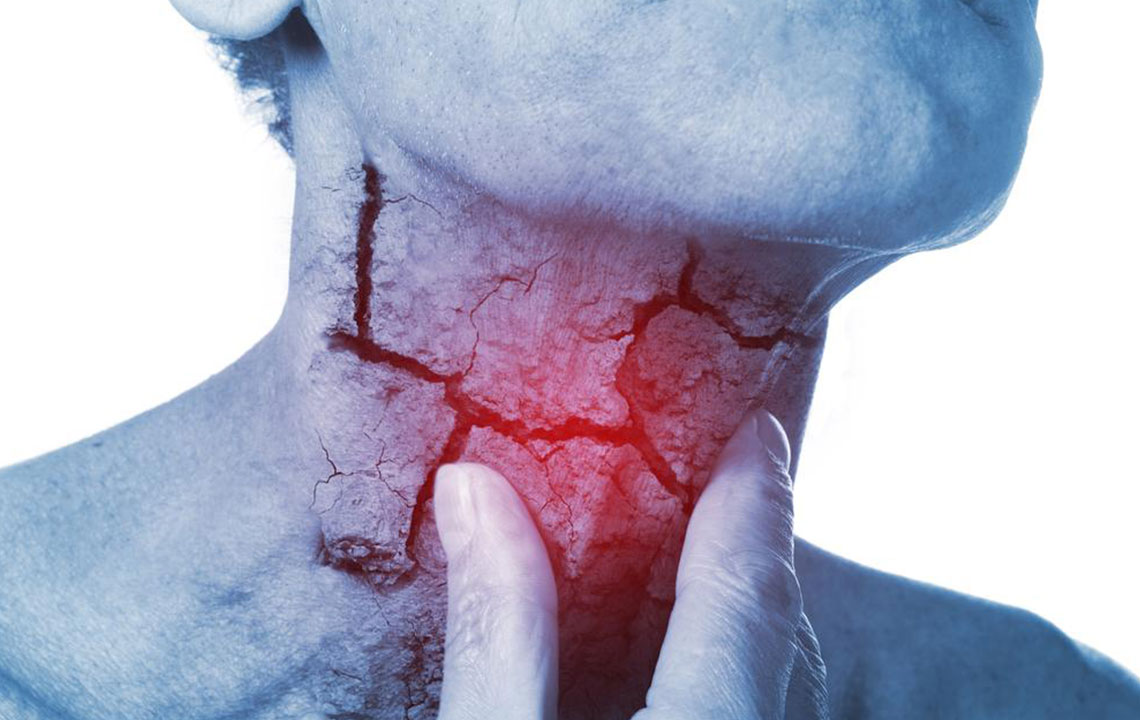Essential Insights into Early Detection of Head and Neck Cancers
Learn about the key signs and risk factors of head and neck cancers for early detection. This article covers types, symptoms, diagnostic procedures, and treatment options, emphasizing the importance of early diagnosis for successful outcomes. Stay informed to improve your health awareness and seek timely medical attention.

Essential Insights into Early Detection of Head and Neck Cancers
Head and neck cancers involve malignant growths in areas such as the mouth, nose, salivary glands, sinuses, throat, and lymph nodes. Typically, these cancers originate in the mouth, nose, or throat. There are five main types:
• Laryngeal and Hypopharyngeal Cancer in the larynx
• Nasal and Paranasal Sinus Cancer in nasal tissues
• Nasopharyngeal Cancer in the upper throat
• Oral and Oropharyngeal Cancer in the mouth, tongue, or tonsil region
• Salivary Gland Cancer in salivary tissues.
Men are more often affected than women. Risk factors include smoking, alcohol use, prolonged sun exposure, poor oral hygiene, vitamin deficiencies, and infections like HPV. Common signs include mouth sores, lumps, persistent sore throat, nasal issues, difficulty swallowing, jaw or ear pain, bleeding, and unexplained weight loss. If symptoms are present, doctors may perform physical exams, blood tests, imaging studies, or biopsies to diagnose. Early diagnosis often leads to successful treatment. Treatments include surgery, chemotherapy, radiation, or targeted therapy. Regular follow-ups are crucial, as recurrence is possible, and late side effects may occur.










